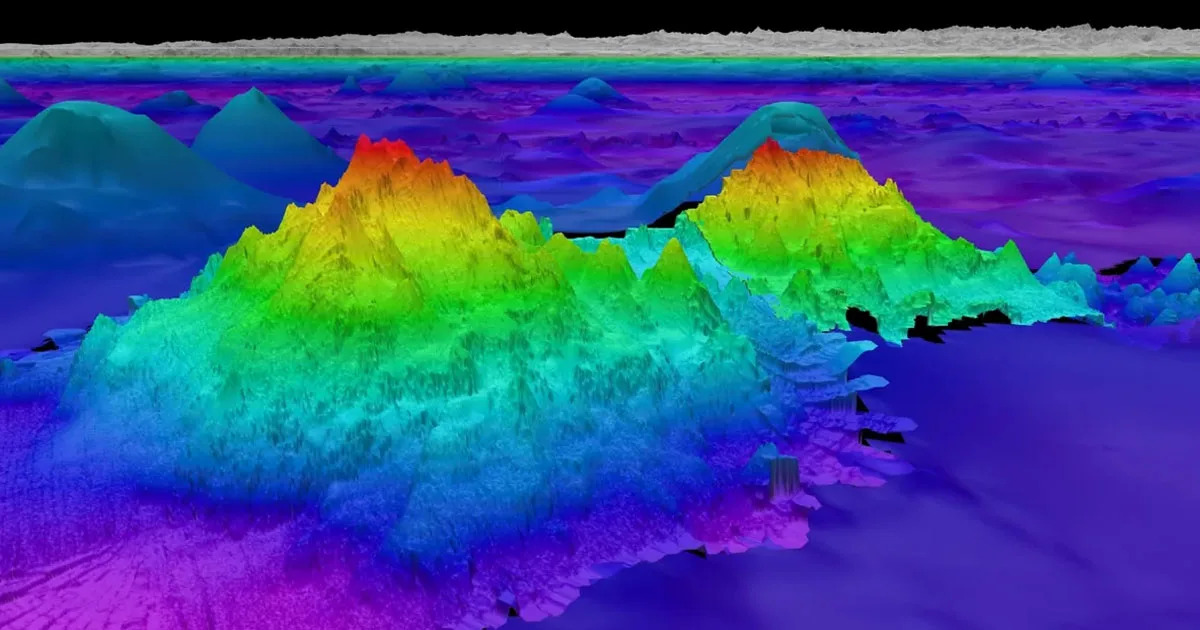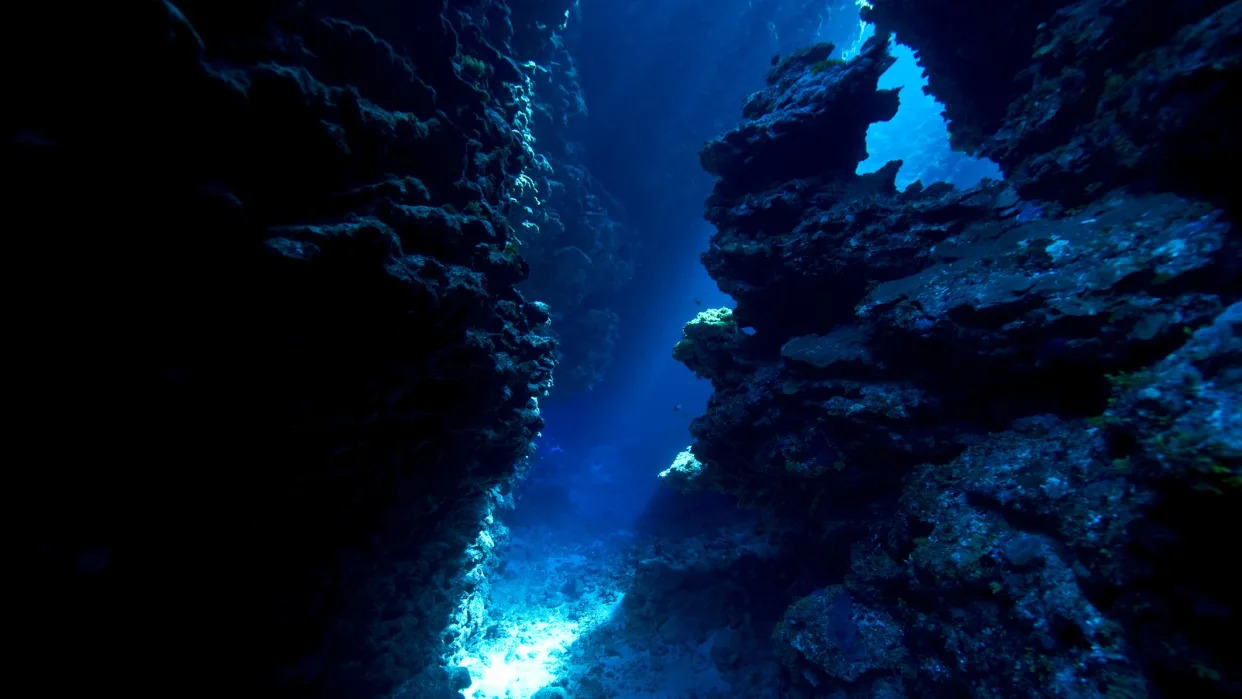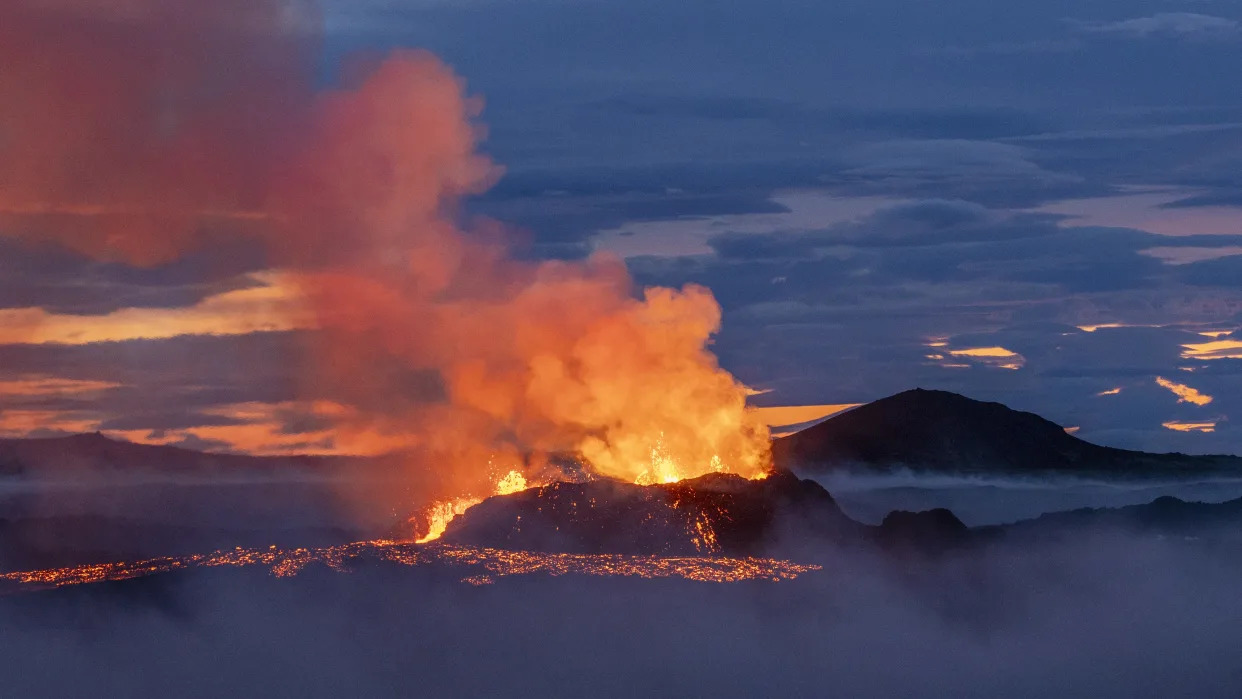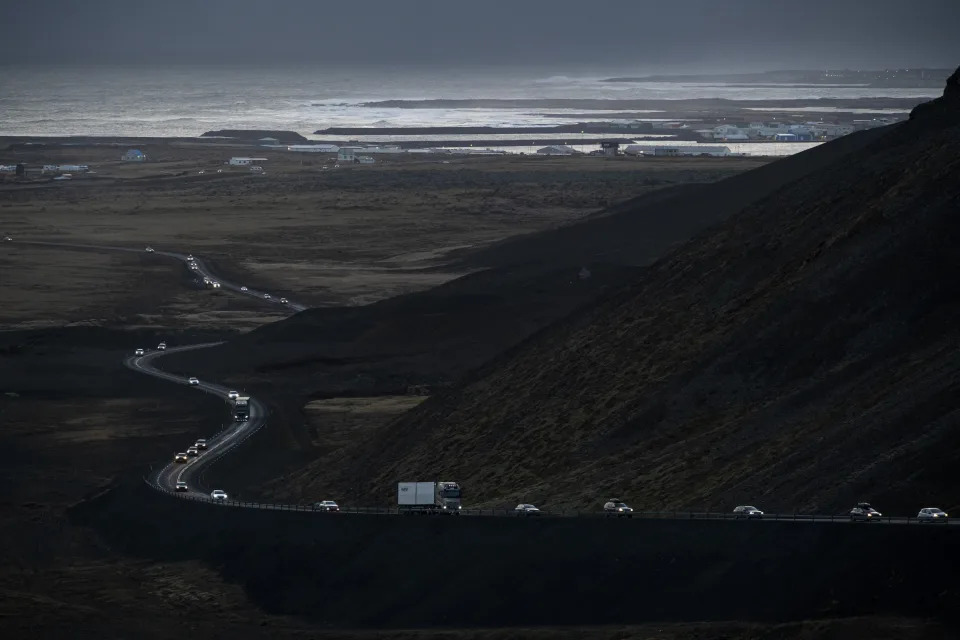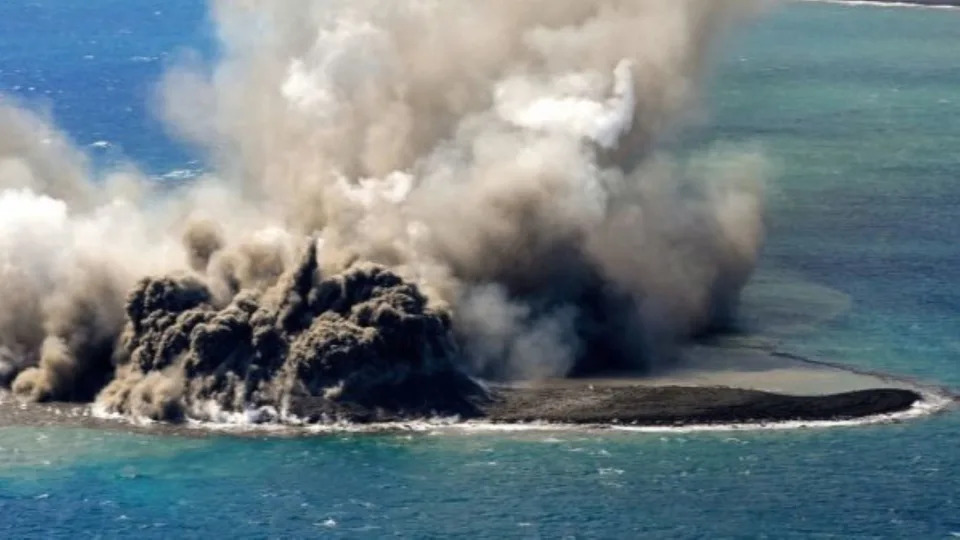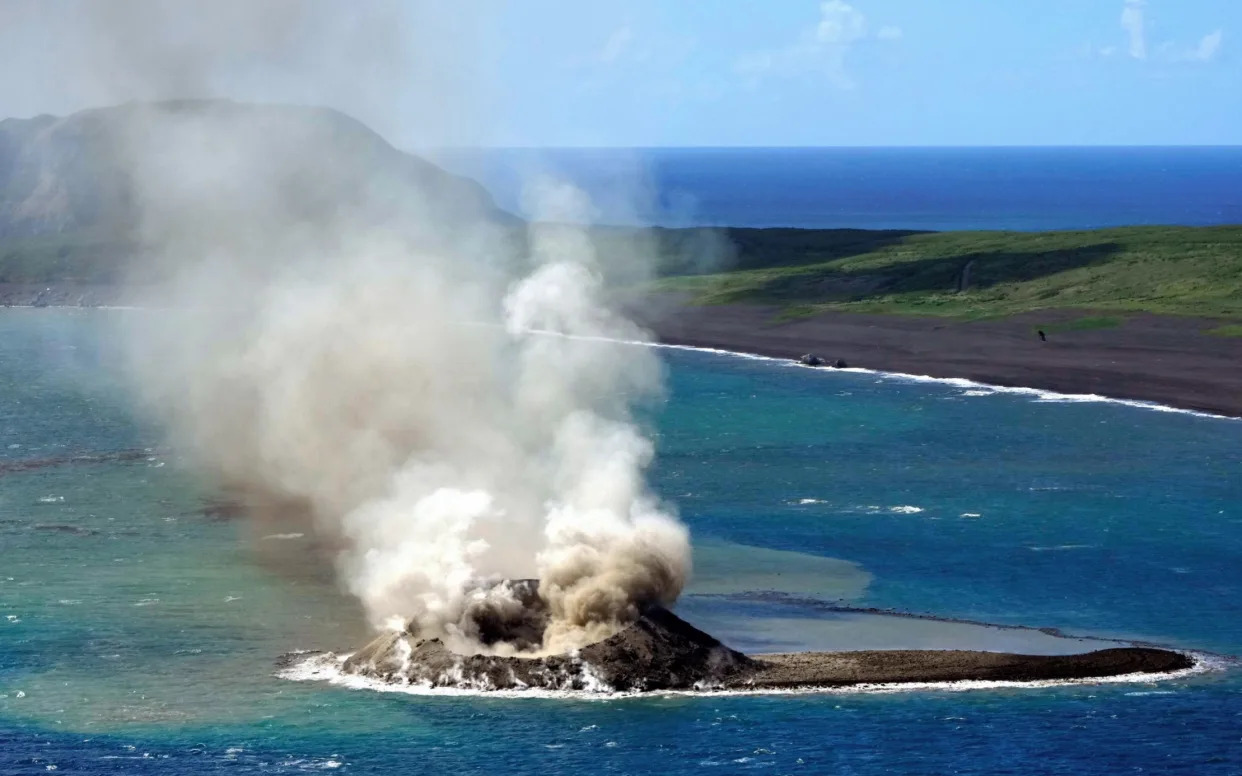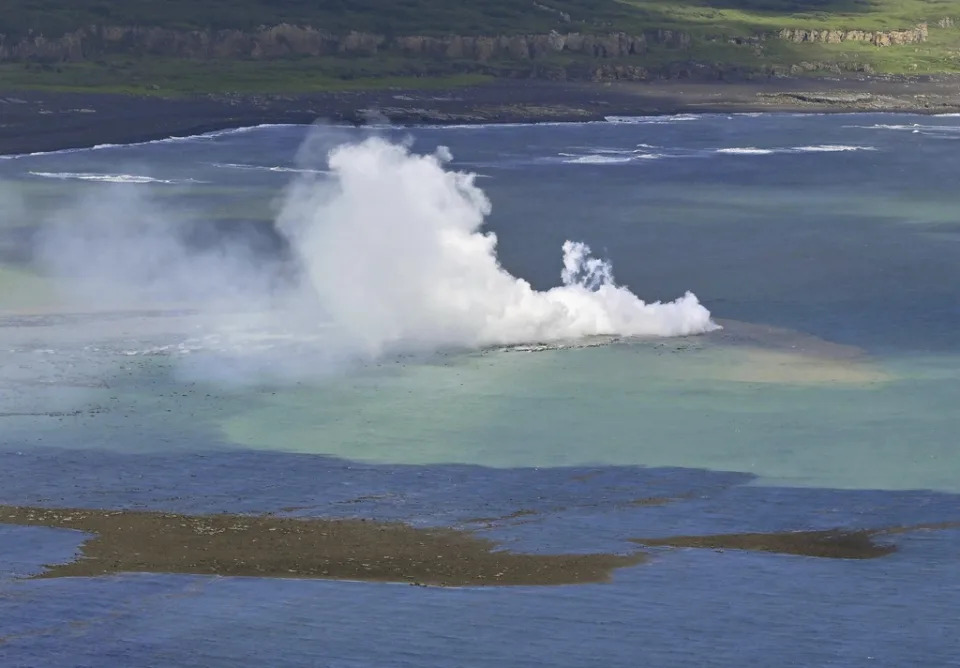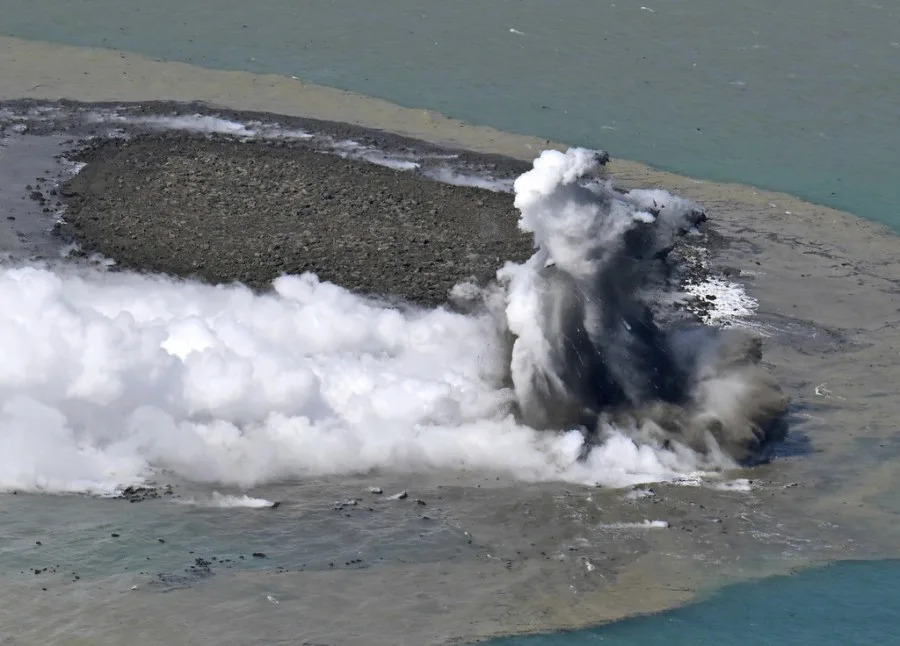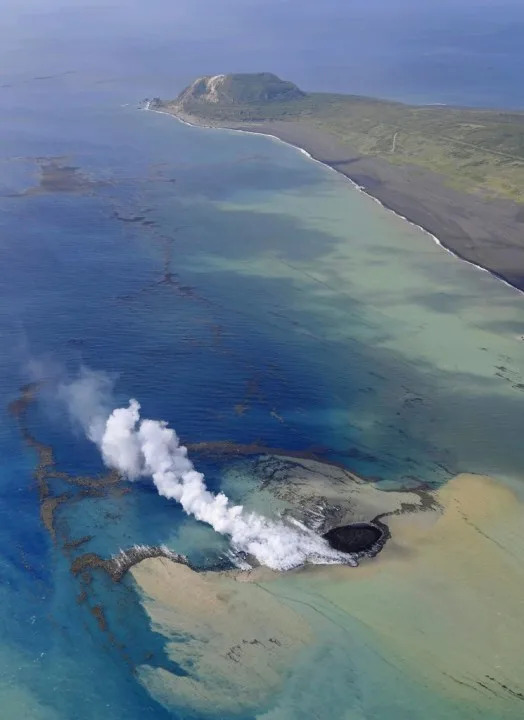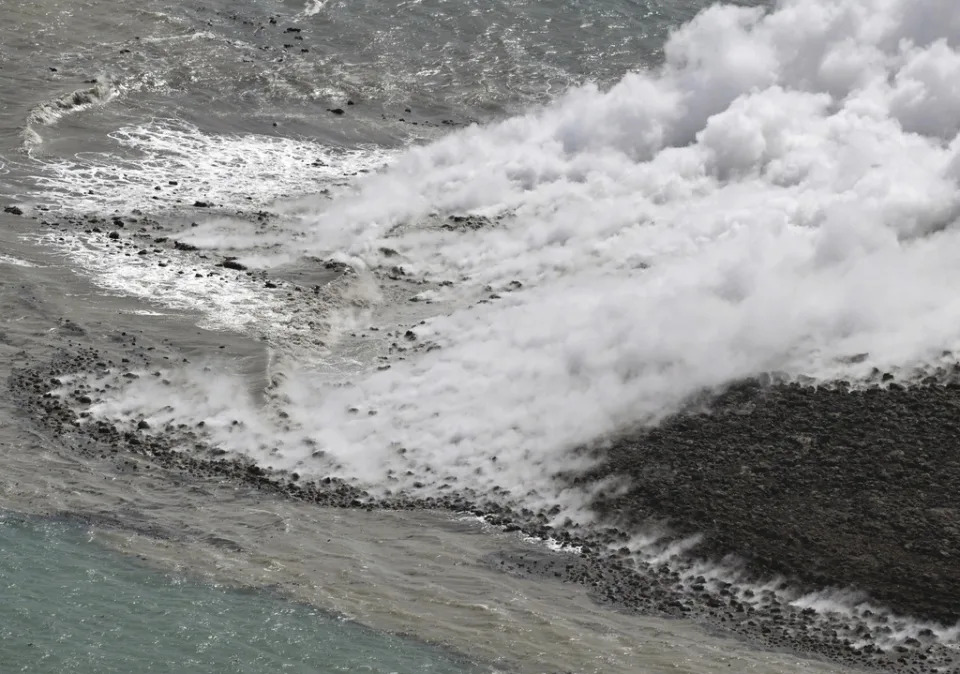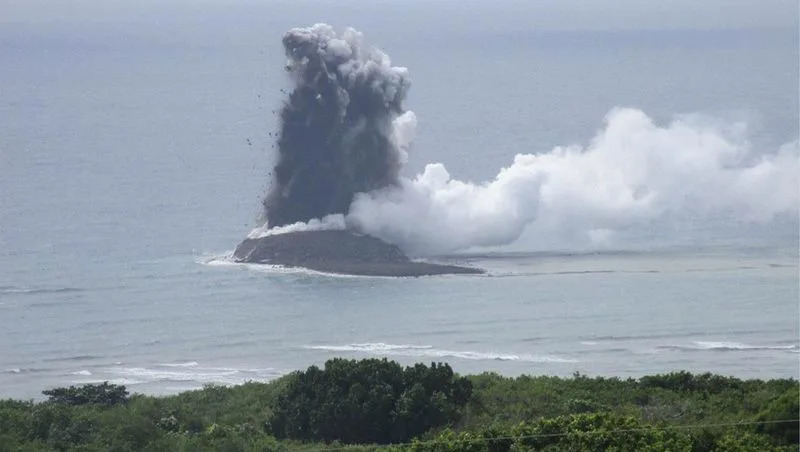SPACE
NASA continues to delay return of Boeing Starliner, astronauts from ISS
By Ehren Wynder

The Boeing Starliner Spacecraft docked to the International Space Station on June 5 for what was supposed to be a weeklong mission. Photo courtesy NASA/UPI | License Photo
July 25 (UPI) -- There still is no return date set for the Starliner astronauts aboard the International Space Station, officials with NASA and Boeing said Thursday.
NASA Commercial Crew Program Manager Steve Stich in a conference call Thursday morning said the agency has made significant progress in assessing the Starliner's return capability but there is no official plan to bring the astronauts home.
"We don't have a major announcement today relative to a return date. We're making great progress, but we're just not quite ready to do that," he said.
Stich said NASA needs to first conduct a review that won't happen until the first week of August before the agency can consider a return date
It has now been almost two months since astronauts Butch Wilmore and Sunita Williams docked to the ISS on June 5 for what was supposed to be a weeklong mission to test Boeing's long-delayed Starliner spacecraft.
The troubled mission has gone through numerous technical and software-related issues, which delayed it by about four years.
In the weeks leading up to its fateful launch, Starliner experienced issues with a vibrating oxygen valve and a small but persistent helium leak. After liftoff, the crew identified several other helium leaks, as well as failures of the reaction control system thrusters.
Boeing and NASA, meanwhile, have been troubleshooting copies of the malfunctioning RCS thrusters at a facility in White Sands, N.M. Stich on Thursday's call said the tests revealed a "bit of a bulge" in the Teflon seal, which was consistent with in-flight observations.
Boeing Vice President and Commercial Crew Program Manager Mark Nappi said in the call that the Starliner service module in White Sands had been exposed to propellant for about three years, "so it was a really good test case to go and do some leak checks on and then take that hardware apart.
"We did those leak checks. We found leaks," he said.
Nappi added the team will continue to test-fire the thrusters this weekend.
"The last several weeks have been really useful in understanding thruster and helium anomalies and how to address these problems for future flights," he said. "That's been the real goal here."
When asked about whether NASA had a contingency plan to bring the Starliner astronauts home, Stich said the agency has considered SpaceX's Crew Dragon spacecraft, but the focus has been on returning Boeing's craft to Earth.
"Obviously the backup option is to use a different system. I would rather not go into all those details until we get to that time -- if we ever get to that time," Stitch said. "We really have our team focused on, as we close in on this final flight rationale, returning Butch and Suni on Starliner."
SpaceX, which along with Boeing is contracted under NASA's Commercial Crew Program, ran into its own issue earlier this month when its highly successful Falcon 9 rocket suffered an anomaly that resulted in the loss of a payload of 20 Starlink satellites.
The rocket had over 300 successful launches and only three failures since its debut in 2015.
The most recent failure, besides being a stain on Falcon's otherwise illustrious track record, highlighted NASA's vulnerability in having just two vendors.
"It reminds other potential customers that it's in their interest for there to be multiple providers," astrophysicist and satellite tracker Jonathan McDowell said in an interview with Space.com.
"Maybe they should give some launches to some of SpaceX's rivals, even if they're not the cheapest, just to maintain the alternative, if SpaceX has another downtime."
Boeing and NASA have repeatedly insisted that Wilmore and Williams are not "stranded" in space and that their extended stay aboard the ISS was to gather more data about the Starliner.
The astronauts, for their part, have remained optimistic. Wilmore earlier this month said in a press conference broadcasted from the ISS that they are "absolutely confident" in Starliner's capability.
"I feel confident that, if we had to, if there was a problem with the International Space Station, we would get in [the Starliner spacecraft] and we could undock, talk to our team, and figure out the best way to come home," he said.
NASA and Boeing, however, haven't been able to ward off the bad publicity. The Atlantic writer Marina Koren in an article titled "NASA Should Ditch the Spin" said NASA bears responsibility "for its uneven supervision of Starliner's development leading up to launch and its overly guarded communications to the public since, which have done more to fan rumors about the state of the mission than dispel them."
Boeing already is under intense scrutiny for abandoning safety and quality control protocols after a fuselage blowout on an Alaskan Airlines jet in January.
NASA's ICON mission ends with critical breakthroughs on Earth, space weather

NASA's ICON, shown in this artist’s concept, studied the dynamic zone high in the atmosphere where terrestrial weather from below meets space weather above. On Wednesday, NASA announced the mission's official end. Photo courtesy of NASA/Goddard/Conceptual Image Lab
July 24 (UPI) -- Nearly five years after it launched, NASA's Ionospheric Connection Explorer -- or ICON -- mission has officially come to an end, the space agency announced Wednesday.
NASA's ICON mission gathered valuable data as it orbited the outermost layer of Earth's atmosphere, about 55 miles to 360 miles into space in the ionosphere, and provided critical breakthroughs on how space weather affects Earth's weather.
"The ICON mission has truly lived up to its name," said Joseph Westlake, heliophysics division director at NASA Headquarters in Washington, D.C. "Not only did ICON successfully complete and exceed its primary mission objectives, it also provided critical insights into the ionosphere and the interplay between space and terrestrial weather."
After successfully advancing our understanding of Earth's interface to space, the Ionospheric Connection Explorer (ICON) mission has come to an end.
While ICON launched in October 2019 and accomplished its primary mission over the next two years, NASA lost communication with the specially equipped satellite in November 2022 and was forced to conclude the mission following several months of troubleshooting.
"ICON's legacy will live on through the breakthrough knowledge it provided while it was active and the vast dataset from its observations that will continue to yield new science," Westlake said. "ICON serves as a foundation for new missions to come."
Despite the setback, ICON had already gathered new details on airglow, information on the relationship between the atmosphere's ions and Earth's magnetic field lines, and the first concrete observation to confirm Earth's ionospheric dynamo.
NASA scientists were able to study the ionosphere's effect on satellites and radio signals through ICON, which impact communications with the International Space Station, while also tracking the colorful bands of airglow.
"It's like measuring a train's speed by detecting the change in the pitch of its horn -- but with light," said Thomas Immel, ICON mission lead at the University of California, Berkeley.
ICON also captured data on how the 2022 Hunga Tonga-Hunga Ha'apai volcanic eruption, under the southern Pacific Ocean, disrupted electrical currents in the ionosphere.
"ICON was able to capture the speed of the volcanic eruption, allowing us to directly see how it affected the motion of charged particles in the ionosphere," Immel said.
"This was a clear example of the connection between tropical weather and ionospheric structure. ICON showed us how things that happen in terrestrial weather have a direct correlation with events in space."
NASA telescope spots a super Jupiter that takes more than a century to go around its star

This illustration provided by the Max Planck Institute for Astronomy in July 2024 depicts a cold gas giant orbiting a red dwarf. Scientists had long suspected a big planet orbited the star Epsilon Indi A, but not this massive or far from its star. An international team led by Max Planck Institute for Astronomy’s Elisabeth Matthews in Germany collected the images in 2023 and published their findings Wednesday, July 24, 2024, in the journal Nature. (T. Müller (MPIA/HdA) via AP)

This image provided by the Max Planck Institute for Astronomy in July 2024 shows the exoplanet Epsilon Indi A b captured in different infrared wavelengths by the James Webb Space Telescope. Light from the star Epsilon Indi A, whose position is indicated by star symbols, is blocked by a coronagraph allowing the orbiting planet to be visible. An international team led by Max Planck Institute for Astronomy’s Elisabeth Matthews in Germany collected the images in 2023 and published their findings Wednesday, July 24, 2024, in the journal Nature. (T. Müller (MPIA/HdA), E. Matthews (MPIA) via AP)
BY MARCIA DUNN
July 24, 2024
CAPE CANAVERAL, Fla. (AP) — A super Jupiter has been spotted around a neighboring star by the Webb Space Telescope — and it has a super orbit.
The planet is roughly the same diameter as Jupiter, but with six times the mass. Its atmosphere is also rich in hydrogen like Jupiter’s.
One big difference: It takes this planet more than a century, possibly as long as 250 years, to go around its star. It’s 15 times the distance from its star than Earth is to the sun.
Scientists had long suspected a big planet circled this star 12 light-years away, but not this massive or far from its star. A light-year is 5.8 trillion miles. These new observations show the planet orbits the star Epsilon Indi A, part of a three-star system.
An international team led by Max Planck Institute for Astronomy’s Elisabeth Matthews in Germany collected the images last year and published the findings Wednesday in the journal Nature.
Astronomers directly observed the incredibly old and cold gas giant — a rare and tricky feat — by masking the star through use of a special shading device on Webb. By blocking the starlight, the planet stood out as a pinpoint of infrared light.
Webb Space Telescope shows pair of intertwined galaxies
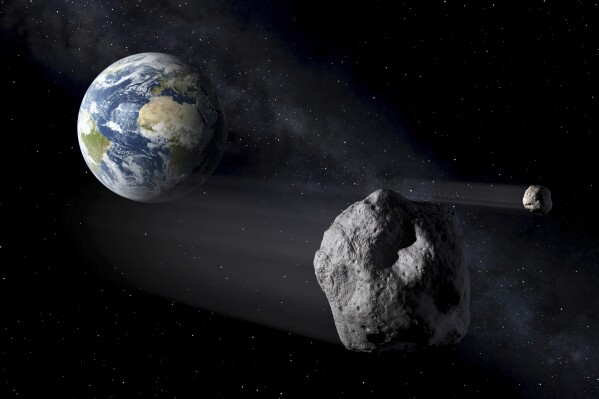
A harmless asteroid will whiz past Earth Saturday. Here’s how to spot it

China calls on scientists of all nations to study lunar samples, but notes obstacle with the US
The planet and star clock in at 3.5 billion years old, 1 billion years younger than our own solar system, but still considered old and brighter than expected, according to Matthews.
The star is so close and bright to our own solar system that it’s visible with the naked eye in the Southern Hemisphere.
Don’t bet on life, though.
“This is a gas giant with no hard surface or liquid water oceans,” Matthews said in an email.
It’s unlikely this solar system sports more gas giants, she said, but small rocky worlds could be lurking there.
Worlds similar to Jupiter can help scientists understand “how these planets evolve over giga-year timescales,” she said.
The first planets outside our solar system — dubbed exoplanets — were confirmed in the early 1990s. NASA’s tally now stands at 5,690 as of mid-July. The vast majority were detected via the transit method, in which a fleeting dip in starlight, repeated at regular intervals, indicates an orbiting planet.
Telescopes in space and also on the ground are on the hunt for even more, especially planets that might be similar to Earth.
Launched in 2021, NASA and the European Space Agency’s Webb telescope is the biggest and most powerful astronomical observatory ever placed in space.
___
The Associated Press Health and Science Department receives support from the Howard Hughes Medical Institute’s Science and Educational Media Group. The AP is solely responsible for all content.
More funding for Rolls-Royce space microreactor
23 July 2024
Rolls-Royce has secured an additional GBP4.8 million (USD6.2 million) in funding from the UK Space Agency to advance the development and demonstration of key technologies in its space nuclear microreactor.
.jpg?ext=.jpg) The Rolls-Royce Micro-Reactor could enable many space operations, including propulsion for satellites (Image: Rolls-Royce)
The Rolls-Royce Micro-Reactor could enable many space operations, including propulsion for satellites (Image: Rolls-Royce)The latest award was among more than 20 national space projects to be awarded funding totalling GBP33 million under the National Space Innovation Programme (NSIP), designed to invest in high-potential technologies, drive innovation and unlock growth across the UK.
Over the next 18 months, in collaboration with academic partners from the University of Oxford and Bangor University, the Rolls-Royce project will develop the whole microreactor system design, underlying capabilities and key technologies.
"The programme will help unlock the UK's participation in the developing space nuclear power markets and clearly demonstrate the UK's capability and readiness to move towards a detailed design," Rolls-Royce said. "An initial flight demonstration is anticipated by the end of this decade."
"We are delighted to win this award from the National Space Innovation Programme and to be continuing our collaboration with the UK Space Agency," said Jake Thompson, director of Novel Nuclear & Special Projects at Rolls-Royce. "This funding is a pivotal point in our microreactor programme and will accelerate our technology progression, bringing us a step closer to powering inspiring human endeavours in space.
"The future of space exploration is greatly dependent on the ability to generate high levels of consistent power and our nuclear microreactor is the solution that will offer safe, reliable and flexible power to a broad range of space missions."
UK Space Agency CEO Paul Bate added: "The National Space Innovation Programme will help kickstart growth, create high-quality jobs, protect our planet and preserve the space environment for future generations. New projects like this one, led by Rolls-Royce, go to the heart of what we want to achieve as a national space agency that supports cutting-edge innovation, spreads opportunity across the UK and delivers the benefits of space back to citizens on Earth."
The Rolls-Royce National Space Innovation Programme will have a total project cost of GBP9.1 million and aims to progress the microreactor's overall technology readiness level, which will bring the reactor closer to a full system space flight demonstration.
This latest investment follows the announcement of GBP1.18 million awarded to Rolls-Royce from the UK Space Agency in April this year, under Phase 2 of the International Bi-Lateral Fund. This was preceded by GBP2.9 million of funding awarded in 2023 under the Lunar Surface Nuclear Power Contract and Phase 1 of the IBF project in 2023, which delivered an initial concept of a UK lunar modular nuclear reactor.
Researched and written by World Nuclear News


.jpg?ext=.jpg) The Rolls-Royce Micro-Reactor could enable many space operations, including propulsion for satellites (Image: Rolls-Royce)
The Rolls-Royce Micro-Reactor could enable many space operations, including propulsion for satellites (Image: Rolls-Royce)